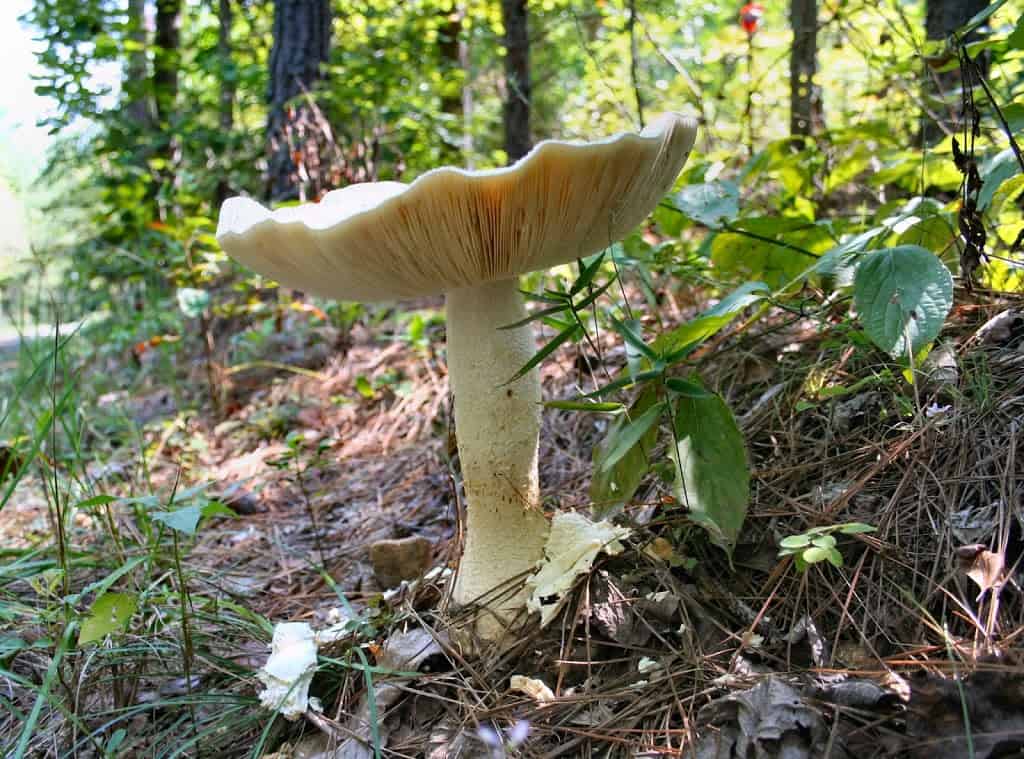After all the rain we’ve had this week, mushrooms are popping out all over. But are mushrooms in the lawn bad, good, or neither?
When I was a kid, I’d knock over every mushroom on the lawn. A friend at church said he does the same thing. After all the rain we’ve had this month, mushrooms are growing like crazy throughout the garden. Not just the big toadstool kinds, like the one above, but red ones, orange ones, big ones, small ones…you name it, it’s growing out there.
I started to wonder: are mushrooms in the lawn bad?
Here’s the good news: they’re GOOD for your lawn.
Here’s the bad news: they can be poisonous to your pets.
Mushrooms grow where there’ moisture, shade, and organic material. That’s why they are more commonly seen growing on forest floors than on your nice manicured lawn. However, after a week of dark skies and rainy days, the damp and relative darkness create an environment where mushrooms thrive on lawns.
Where you see mushrooms, there’s a lot going on under the soil that you can’t see. Mushrooms need organic matter on which to feed. Under the soil may be plant material, old roots or other organic matter that needs to decompose before the nutrients bound up in the material are released to feed your lawn. Mushrooms do just that, working hard to break down old stumps, bark and leaf material into the yummy organics your plants and lawn need.
Unfortunately, curious pets will nibble at mushrooms, and that’s where you’ve got trouble. Most leave well enough alone, but for those who can’t help but take a bite, unpleasant consequences may result. Pets may get sick from ingesting some mushrooms, so if you suspect your pet has taken a bite out of the mushrooms growing on your lawn and is showing signs of sickness, take him to the veterinarian immediately.
For others, leave well enough alone. Respect the mushrooms. Like the quiet, steady soldiers they are, they’re doing their job without calling any attention to themselves, adding nitrogen back into the soil and helping the natural cycle continue. Leave the ‘shrooms alone when you see them on your lawn.





